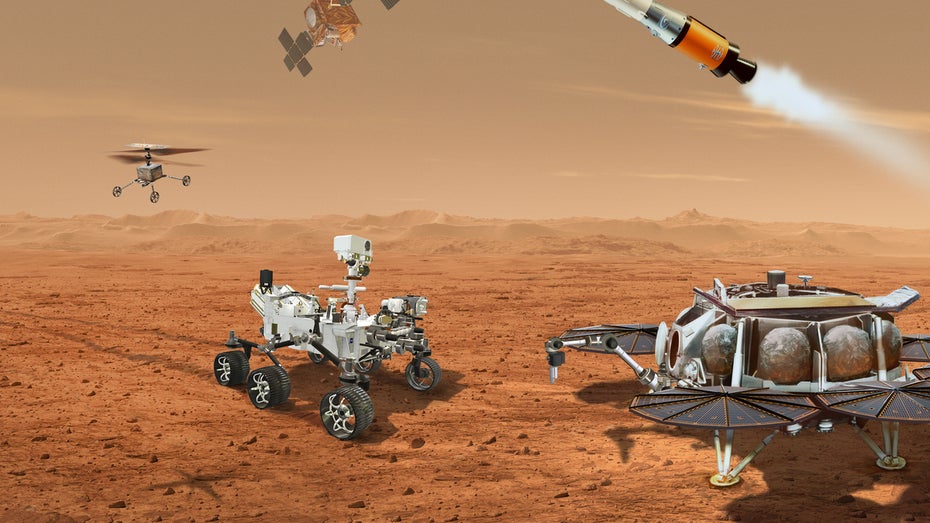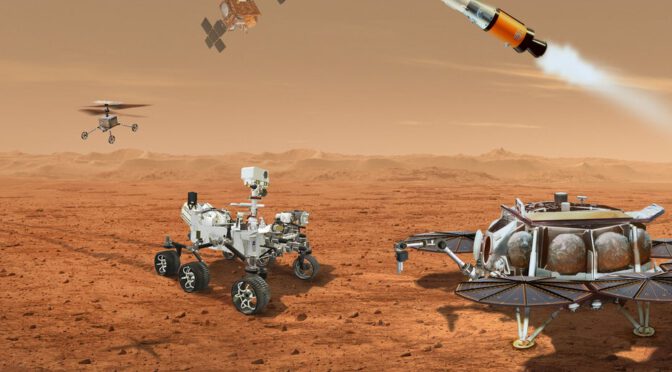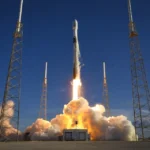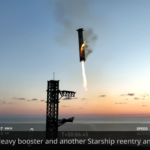Two more drones are scheduled to land on Mars in 2027 bring samples to Earth.
Nasa announced that it plans to send two more Ingenuity drones to Mars aboard its upcoming Sample Retrieval Lander. As early as 2020, the US space agency sent a model to Mars along with the Perseverance rover, which landed on the red planet in February last year. The small helicopter made a total of 29 flights – scanning the surface and taking lots of photos. The new Ingenuity drones not only have additional wheels, but also a slightly different task: They are supposed to collect samples from the surface of Mars so that they can be sent back to Earth.

First Ingenuity drone has exceeded expectations
It’s no surprise that NASA is using two Ingenuity drones for its next big mission. After all, the almost 1.20 meter tall helicopter exceeded the expectations of the researchers. The first flight was a hover at a height of three meters. The drone only flew over the surface of Mars for 40 seconds – but successfully. Subsequent flights became increasingly ambitious as the time allotted to operate the helicopter became increasingly scarce. No one at NASA expected the drone to survive a full 29 flights, making it a year older than planned. That’s why two successors to the Ingenuity model are now to be sent to Mars.
First time to bring Mars samples to Earth
This time, however, the drones have a different mission: instead of taking photos, soil samples are to be collected from the surface of Mars. The Sample Fetch Rover and the associated second lander will therefore have to stay at home for the next mission. The Mars Sample Retriever, which – as the name might suggest – accepts and collects the samples from the two Ingenuity drones is also allowed to come along . Also part of the Retriever is the Mars Ascent Vehicle . Here, too, the creative naming can be traced back to the function: the rocket is to take off from Mars together with rock and oil samples and bring them safely to Earth.
Anyone who is looking forward to being able to hold a Mars sample in their hands in a short time will have to be disappointed. The joint mission of NASA and the European Space Agency (ESA) is not scheduled to start until autumn 2027. A second launch is scheduled for summer 2028. We’ll have to wait a lot longer for rehearsals. If everything goes according to plan, it will take more than ten years until 2033 for the samples to arrive on Earth. However, once the samples are here, we can learn a lot more about the history of the planet. One can only hope that no grim discovery is made in the process.

















